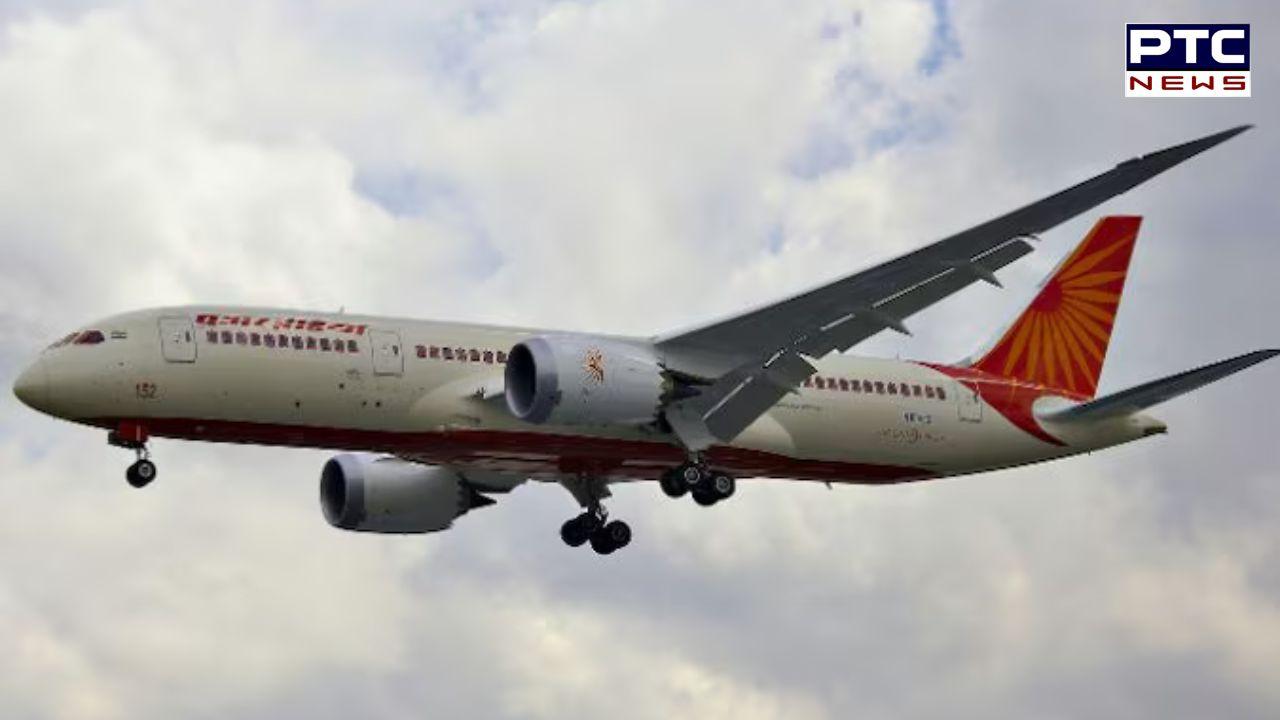

Air India plane crash human error or technical? US FAA had flagged fuel switch issue on some Boeing 737 jets in 2018
PTC Web Desk: In a new twist to the tragic Air India flight AI 171 crash, a preliminary investigation has turned the spotlight on a long-standing concern flagged by the US Federal Aviation Administration (FAA) as far back as 2018. The concern pertains to the design of fuel control switches on Boeing aircraft—a feature that may have played a critical role in the deadly June 12 crash near Ahmedabad.
According to the Aircraft Accident Investigation Bureau (AAIB), a sudden and simultaneous shift in both fuel control switches from the “RUN” to “CUTOFF” position occurred just three seconds after takeoff. The switches, which regulate fuel supply to aircraft engines, are crucial for engine start, shutdown, and emergency restart procedures. However, the AAIB report stops short of determining whether the action was accidental or intentional.
Notably, these switches are similar in design to those used on Boeing 737 models, which were flagged in an FAA Special Airworthiness Information Bulletin (SAIB) issued in December 2018. The bulletin had warned that certain Boeing 737 aircraft might have been delivered with the switch locking mechanism disengaged. While the FAA did not consider this an immediate safety threat—hence, no mandatory Airworthiness Directive was issued—it now raises questions as the same switch system is present in Boeing 787-8 aircraft, including Air India’s ill-fated VT-ANB.
Since the FAA’s warning was only advisory, Air India did not carry out the suggested inspections for the switches.
The crash claimed the lives of 260 persons, including 19 persons on the ground, and left only one survivor among the 242 passengers and crew on board. The aircraft crashed into a medical college hostel shortly after departing from Ahmedabad en route to London.
Cockpit voice recordings added a dramatic layer to the probe. One pilot can be heard asking the other, “Why did you cut off the fuel?” to which the co-pilot responded, “I didn’t.”
Aviation experts are now urging deeper scrutiny into the aircraft’s electronic systems. Former Ministry of Civil Aviation official Sanat Kaul said, “We can’t blame the pilots—they were highly experienced. This indicates a serious systems failure, possibly a flaw in Boeing’s design.”
Captain Sumeet Sabharwal, 56, who commanded the flight, had over 15,600 flight hours under his belt, while his co-pilot, Clive Kunder, 32, had logged over 3,400 hours.
Captain Kishore Chinta, a former investigator with the AAIB, raised the possibility that the fuel switches could have been electronically triggered without physical input from the pilots. “If the aircraft’s electronic control unit activated the fuel cut-off switches autonomously, it raises serious safety concerns,” Chinta told the BBC.
- With inputs from agencies
